Split, as I have written about in previous posts, is a truly beautiful city – one of the best in Croatia. It has the warm Mediterranean climate, the blue water and beaches, the stunning old town and a great vibe about it. There is however, a Split beyond the beauty.
It is easy to imagine old European cities as being places that are lost in time. Beautiful relics of the past for tourists to be mesmerised by. This is, of course, not the case and all of these cities are places that continued developing long after the beautiful structures of old were built, and continue to develop today, as cities with populations living their lives today.
As with most European cities, once you leave Split’s old town and its immediate vicinity, there is another world, a world beyond the beauty, where the vast majority of residents live. To find this alternate world, one doesn’t have to travel too far off the beaten path. In fact, I walked no further than half an hour outside of the centre of the old town on the day that I explored the areas that are the subject of this post.
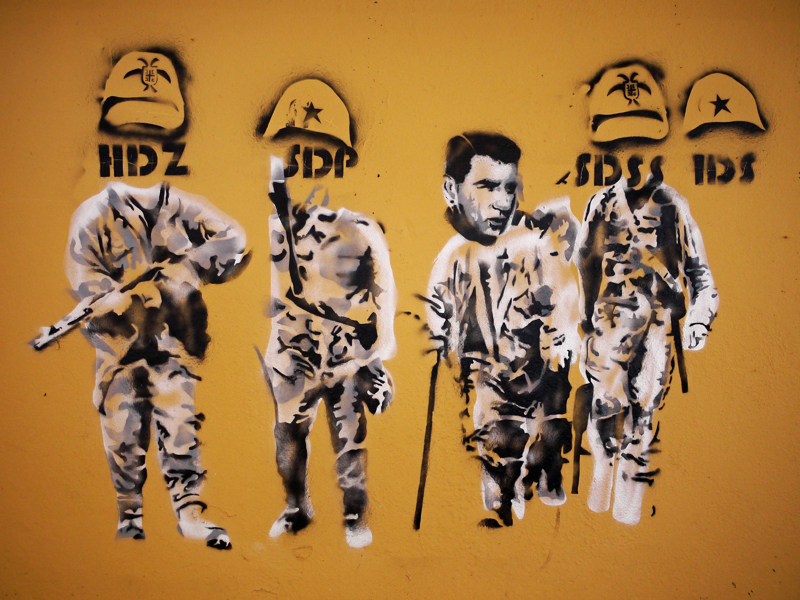
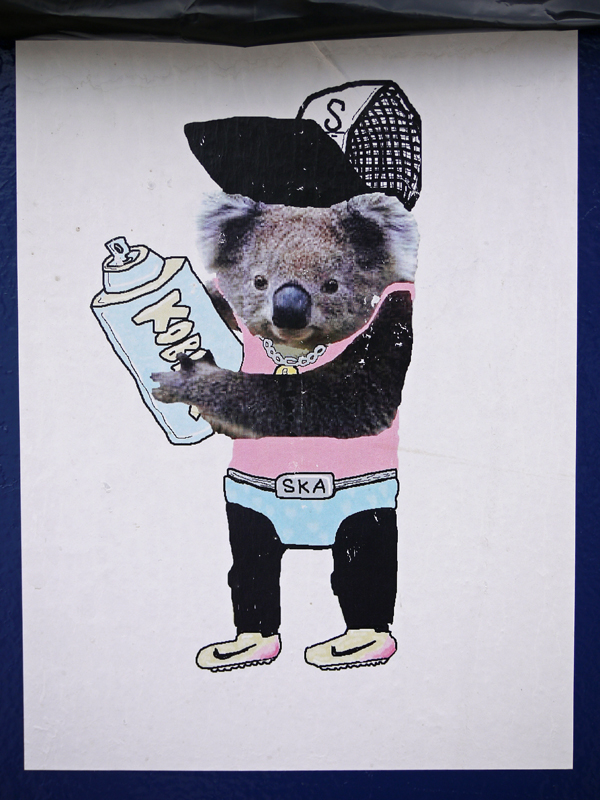
After World War II, Croatia became the Socialist Republic of Croatia, which itself was part of Yugoslavia. President Tito and the Yugoslav government was engaged in a heavy industrialisation and modernisation program, and Split was one of the centres of this activity. The physical size of the city, and its population grew immensely. By the end of 1960, millions of jobs had been created in the cities, and about 80% of the population of Yugoslavia was living in urban areas, as opposed to 20% only 15 years prior.
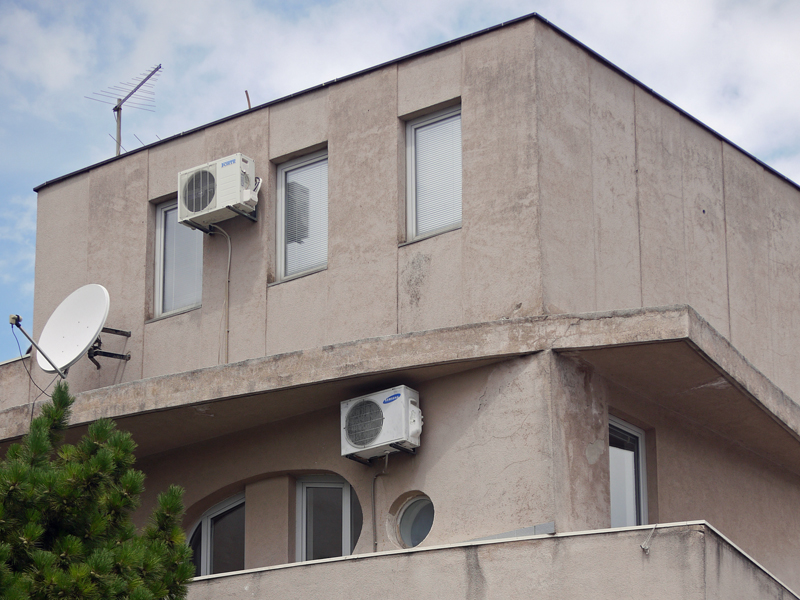
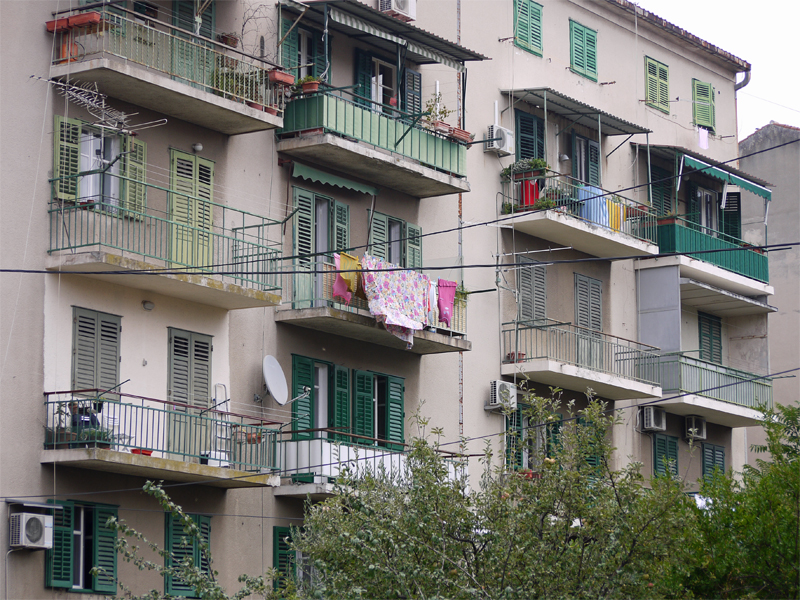
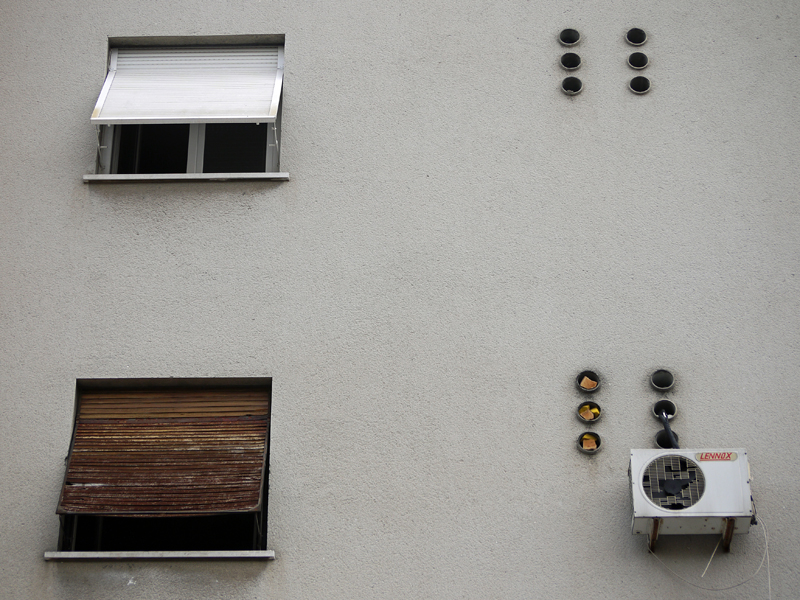
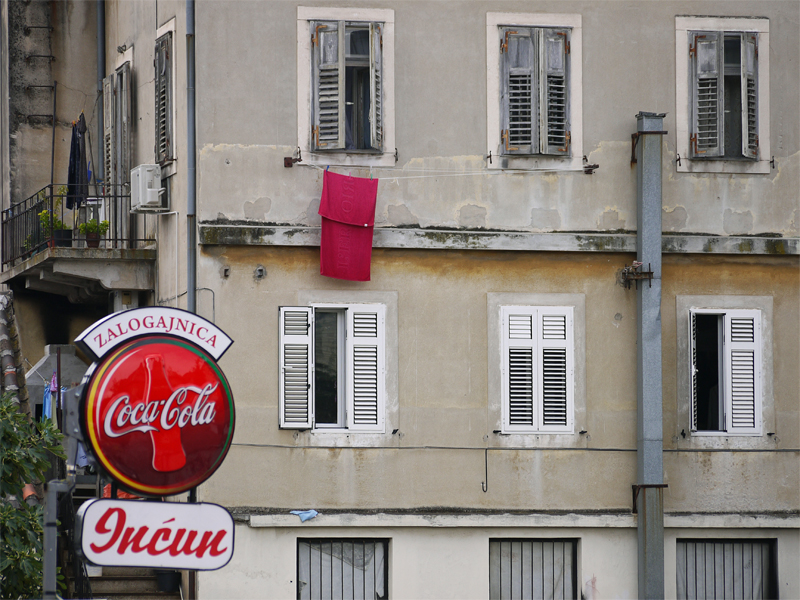
Different to what Split had experienced in the past, its Yugoslav era architecture was dominated by functional, relatively high rise structures and in true socialist style, extensive use of bare concrete.
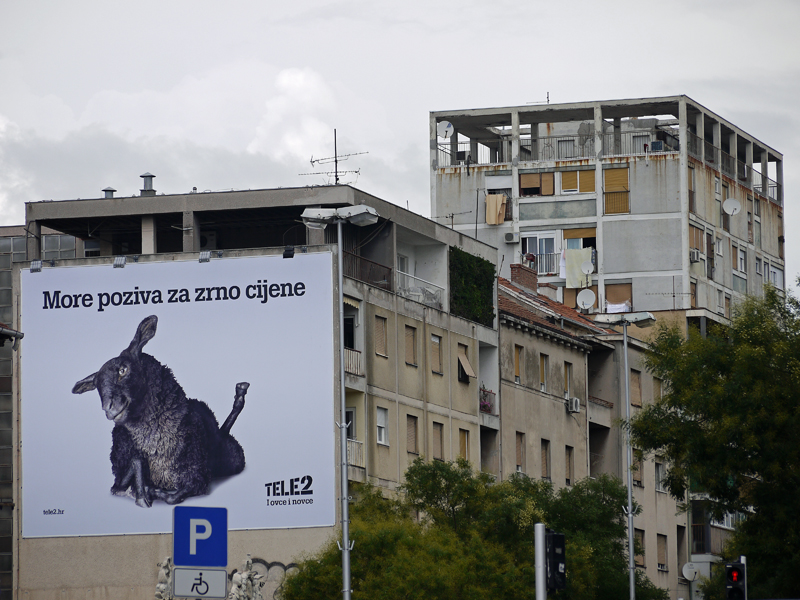
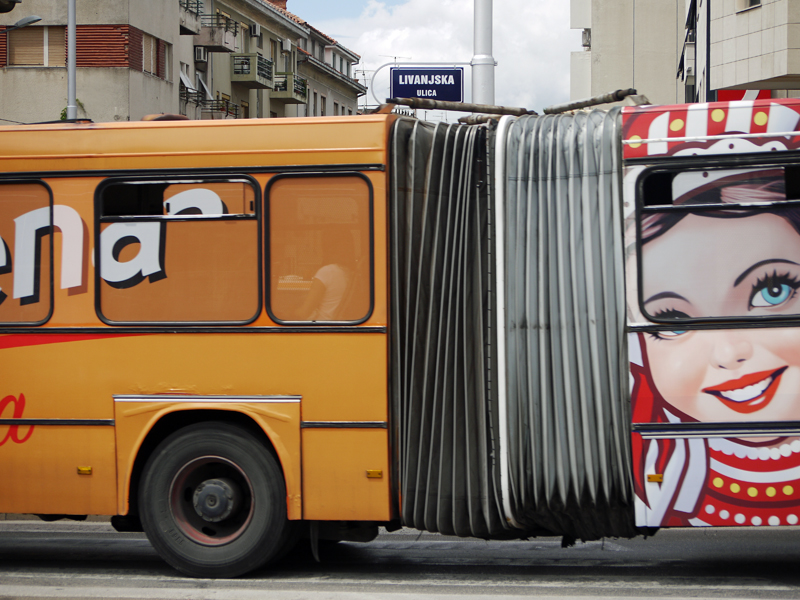
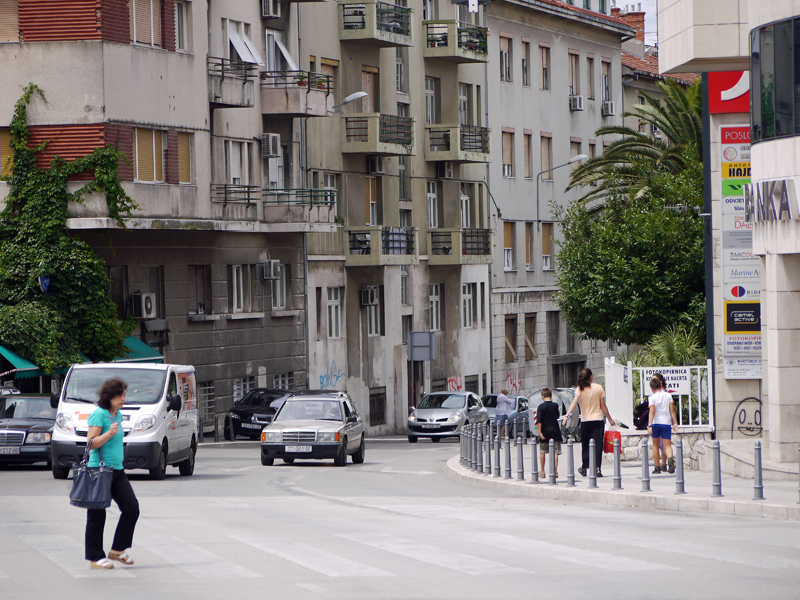
Hajduk Split are the local football team and are hugely popular. There are stickers, billboards, and street art featuring the team’s logo seemingly everywhere in the city. During World War II, Hajduk was the official team of the Croatian Parizan movement, and its players and staff fought with the Partizans after the occupying Italians capitulated.
One starts to realise why football in Europe is often so heated as it truly is more than just a game, with a lot of intrinsic connections between various football clubs and the politics and history of their nation.
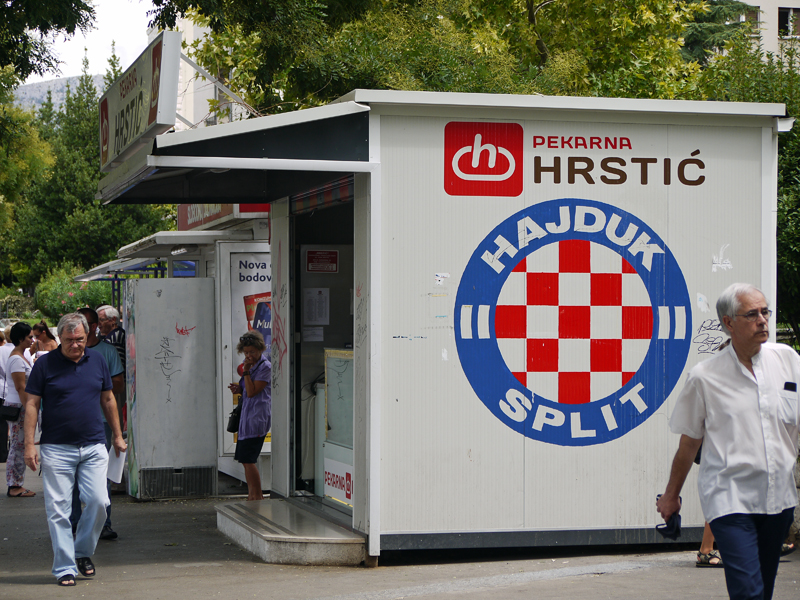
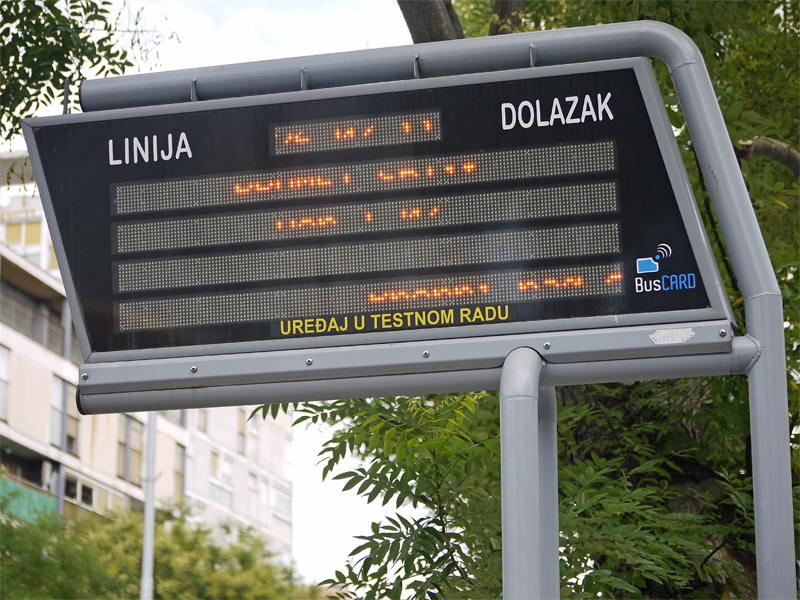
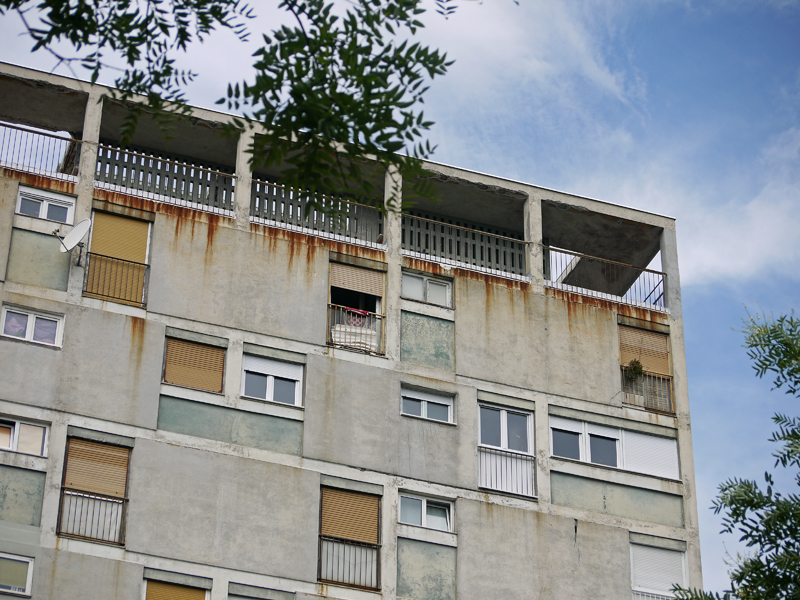
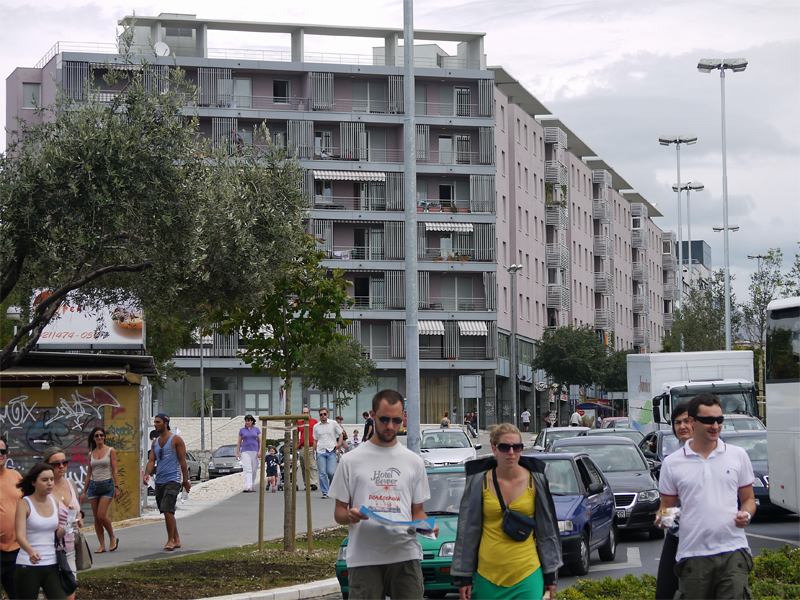
As well as street art, there is quite a lot of graffiti around Split outside of the old town.
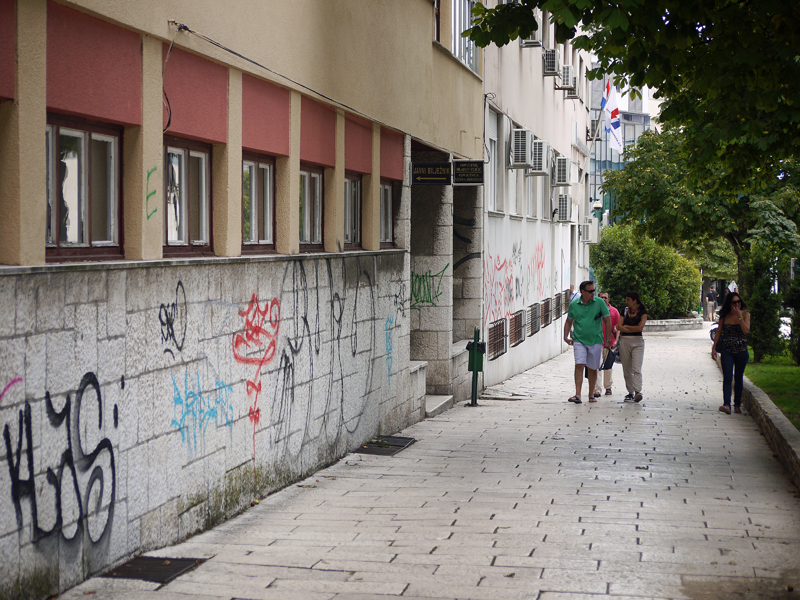
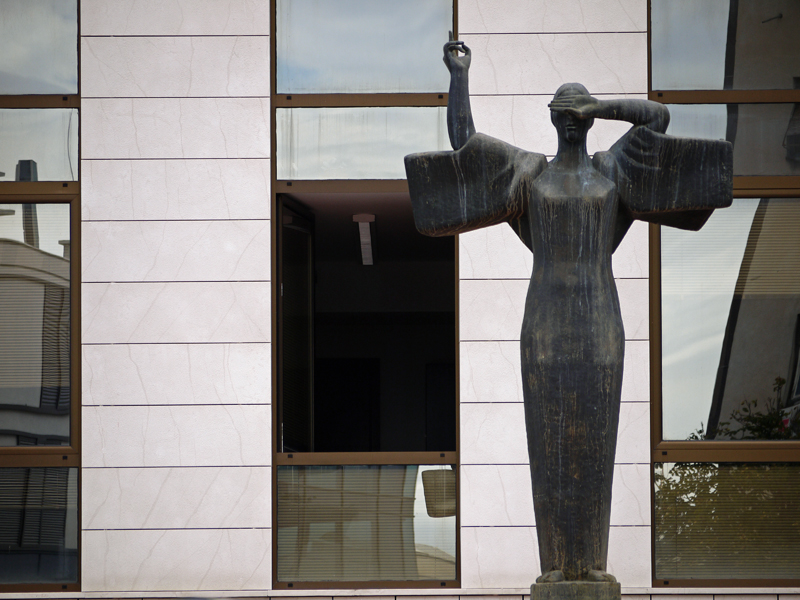
These small news-stands can be found throughout Split.
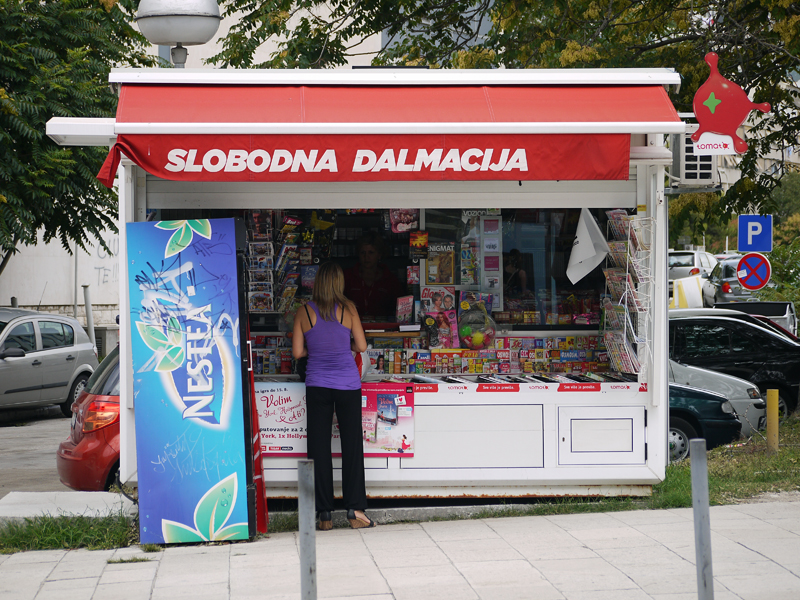
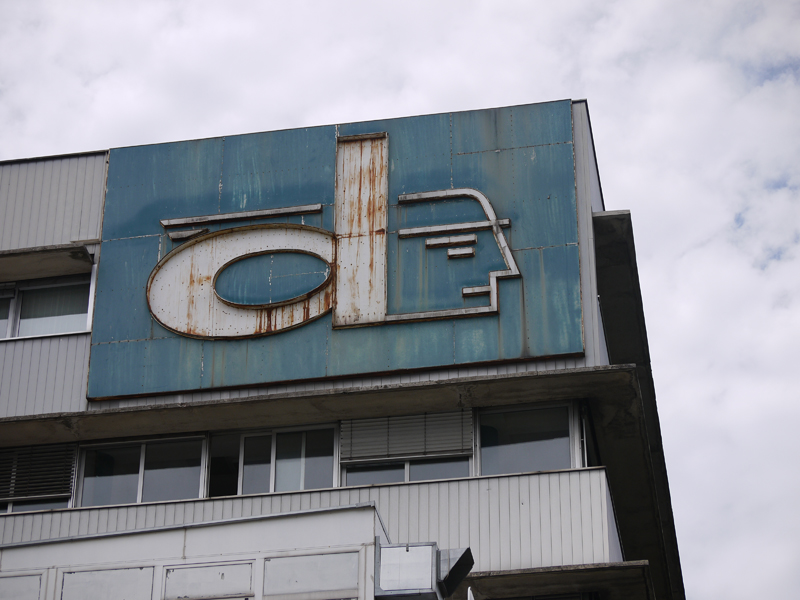
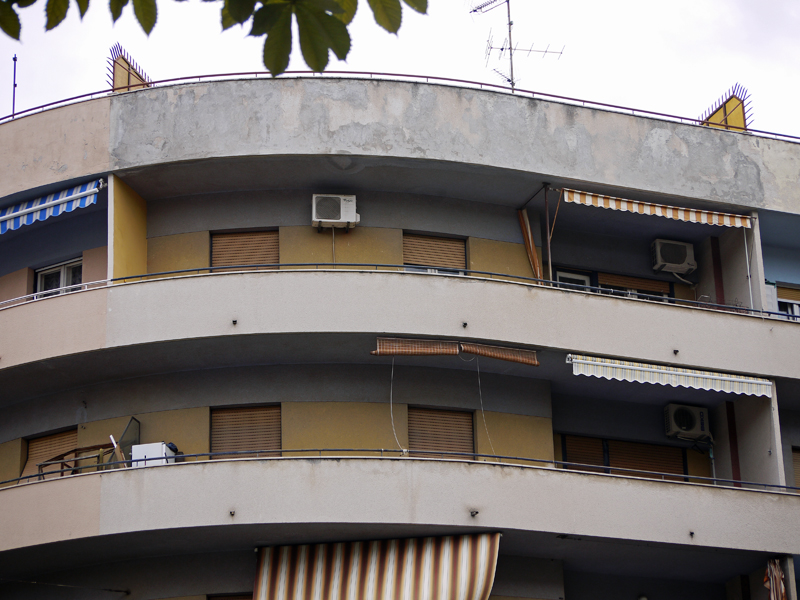
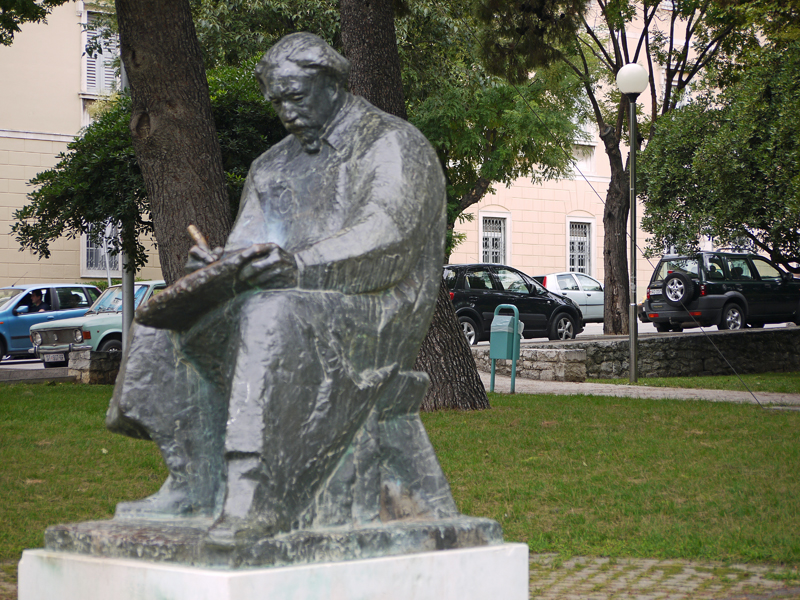
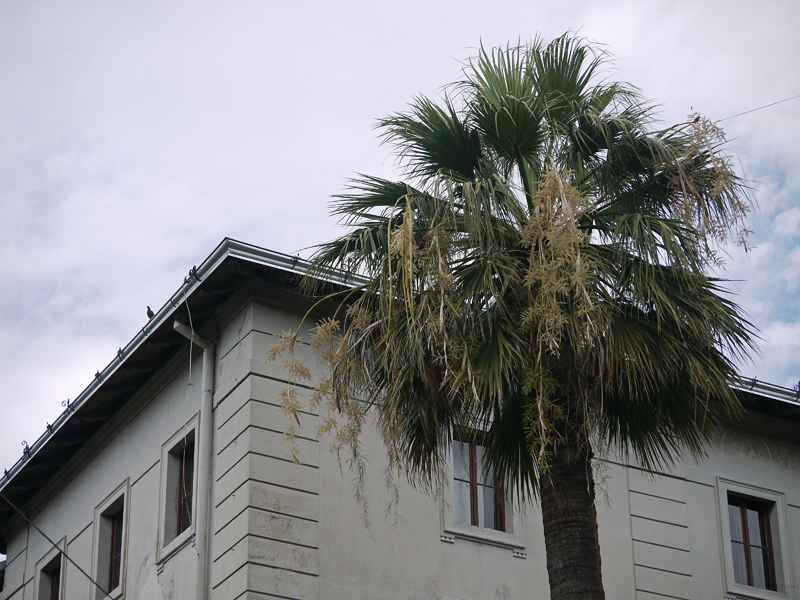
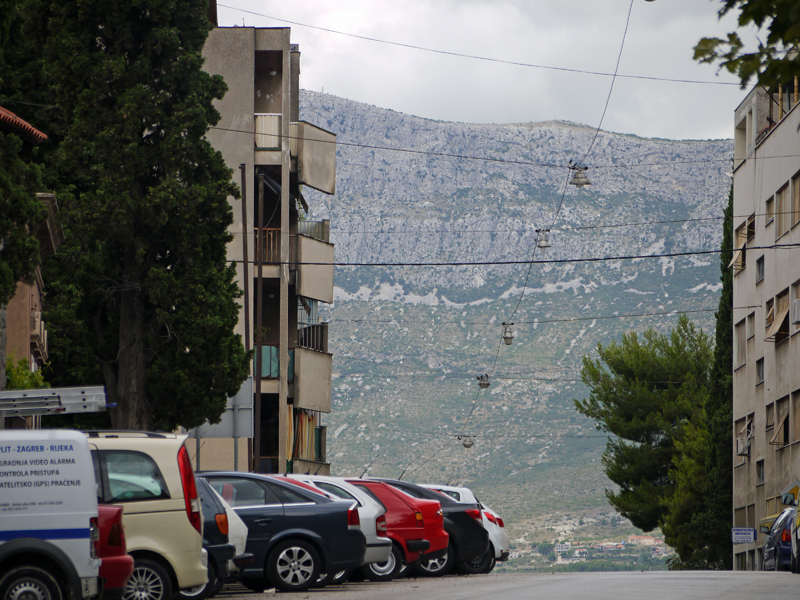
I didn’t see any skaters, but this retail and entertainment development was absolutely prime for the activity. The centre had a very post apocalyptic vibe about it and there didn’t seem to be too much going on, bar the very large and busy supermarket inside. I stocked up on a few interesting food items for cooking, which of course meant that I had to lug them around Europe for 3 weeks until I got back home.
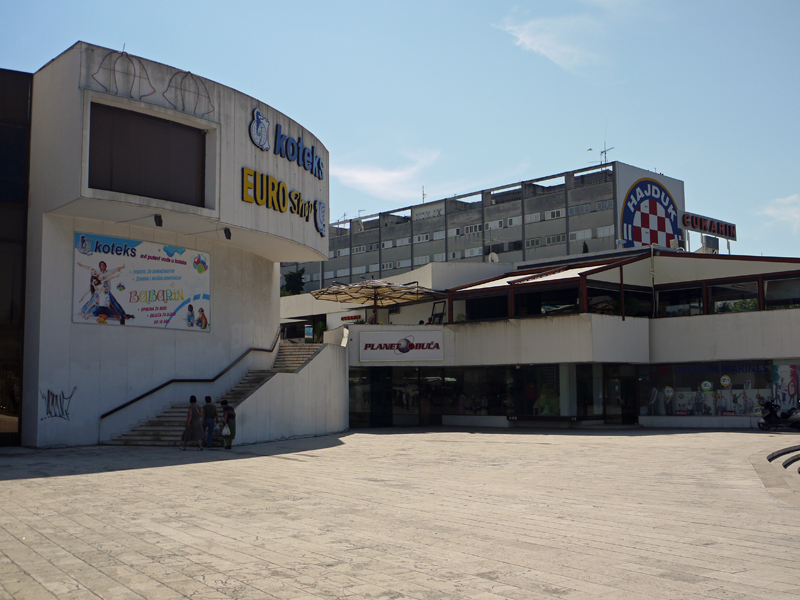
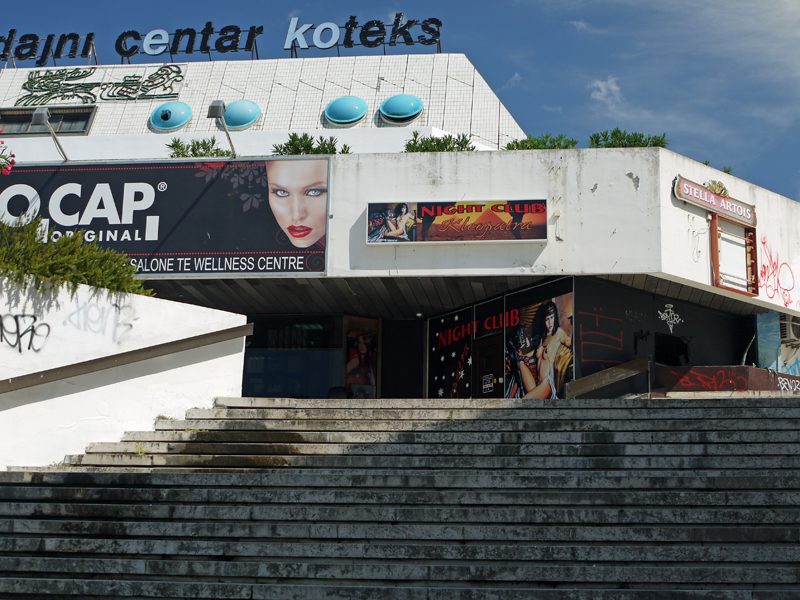
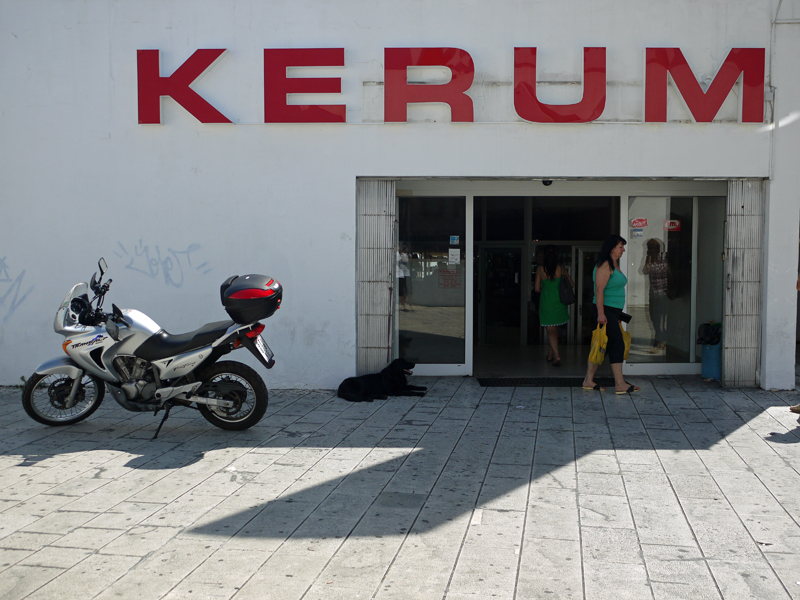
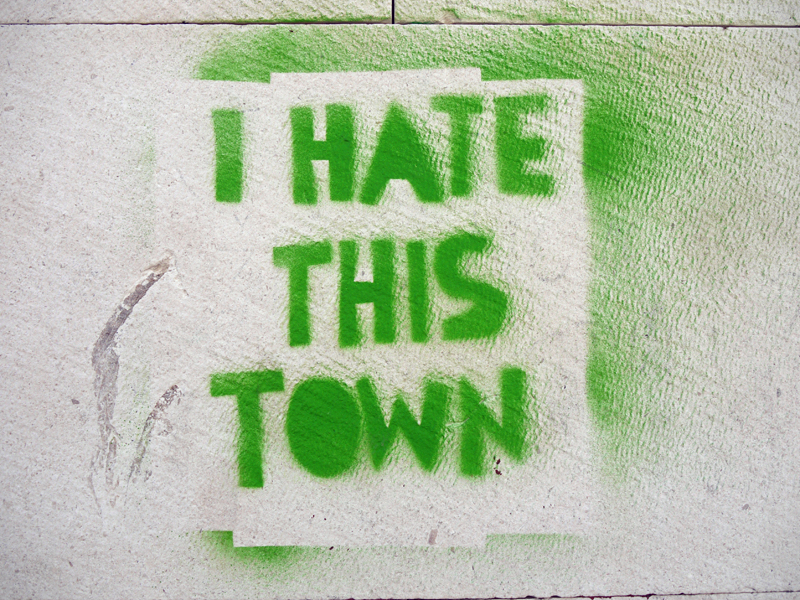
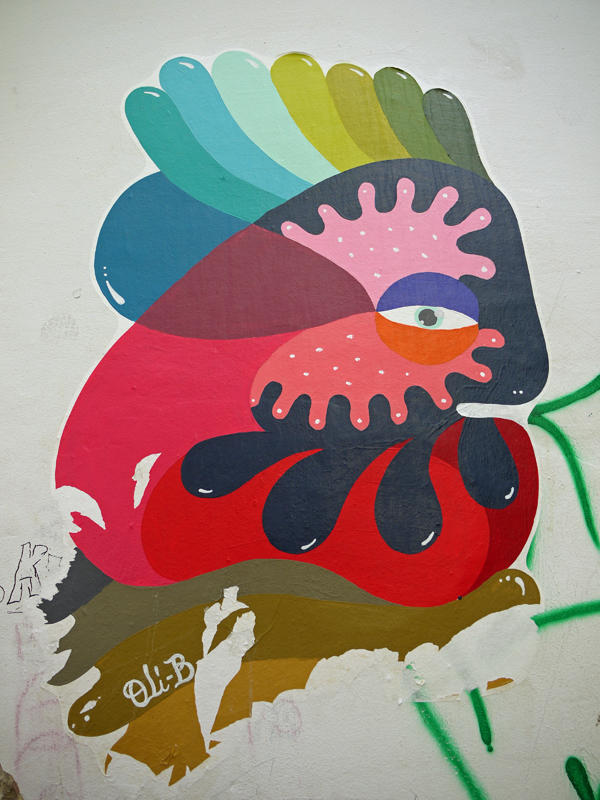
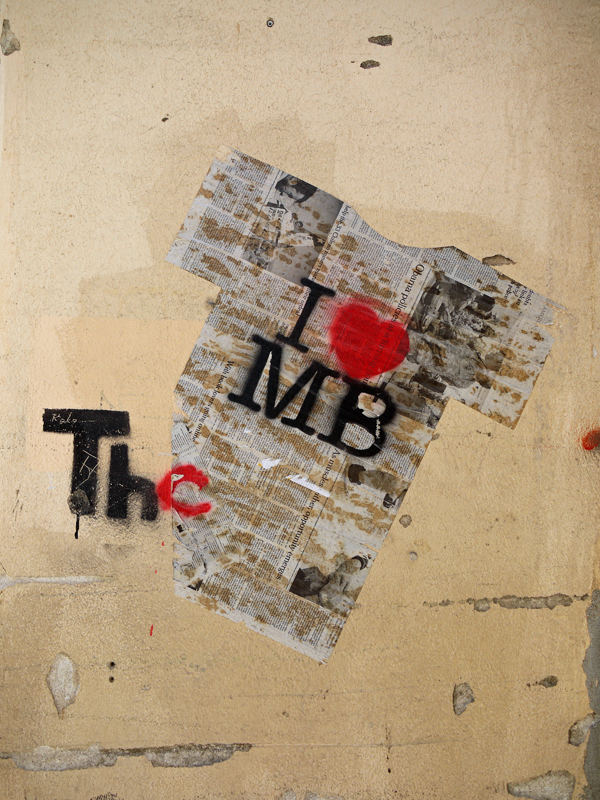
The hallmark of the French street artist “Invader”. Invader installed his first mosaic in the mid 1990s in Paris, where he lives. The programme of installations began in earnest in 1998 and continues to this day. I have stumbled across so many of these mosaics in so many different cities in different continents around the world that I’ve lost count. It’s quite an amazing effort from Invader.
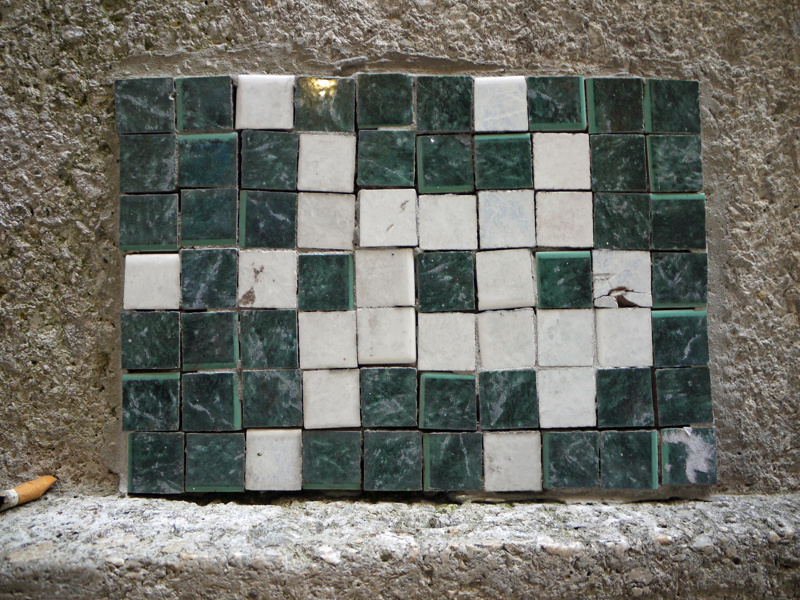
If I have been able to impart anything with this post, I hope it’s to get you thinking about what else the cities that you visit might have to offer beyond the obvious. Get out there, put away the map and walk. Explore the fascinating areas with their own character that exist beyond the beauty. It’s also a great way to escape the crowds of tourists, even when travelling during peak holiday season.

